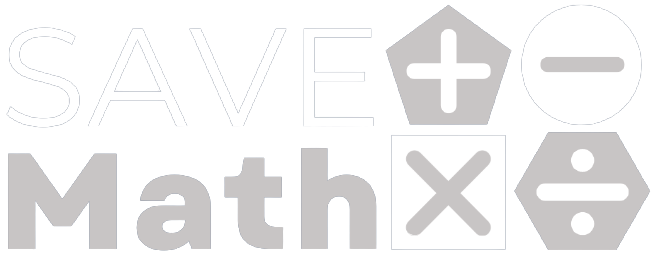The Importance of Precalculus
As people reimagine high school mathematics, and the path to Calculus, one topic area which is scrutinized regularly is Precalculus. Precalculus is a collection of topics which is not unified in the same manner as Geometry, Algebra, or Calculus. This diversity of topics in Precalculus is enabled by (1) an understanding of Algebra, and (2) the broad application of algebra to many problem domains.
Complex Numbers
Complex numbers have a wide range of applications in technical engineering. I’ve worked directly with complex numbers in computer animation, motion capture, and signal processing. They are also frequently used in electronics, quantum mechanics, and fluid mechanics.
Conic Sections
Conic sections, and curve representations in general, have wide applications across any field which deals with surfaces. This includes computer graphics, automobile engineering, astrophysics, non-linear optimization, and mechanical engineering.
Exponents and Logarithms
Anything that has to do with money is bound deeply to exponents. This includes inflation, loans, mortgages, and the broader economy. More specialized applications include demographics, cyclic phenomenon, and algorithms.
Logarithms are critical in understanding something as mundane as every day (base-10) numbers, as well as binary numbers, used to power almost all computers. Logarithms are also used to represent natural phenomenon such as volume, brightness, acids & bases, earthquakes, and many others.
Vectors
Many students are introduced to vectors in physics class. They are used to represent concepts such as position, velocity, force, etc. They are a fundamental concept to almost any engineering field ranging from civil engineering to computer engineering. They are used in communication, compression, and any field where concepts are represented numerically.
Matrix algebra
Matrix algebra is simply an extension of algebra to an arbitrary number of variables. Like vectors they are a fundamental concept whose applications are vast. In computer science alone, matrices are widely used for computer images, robotics, machine learning, data science, graph theory, game theory, and information theory.
Matrices are also critical in burgeoning fields like space exploration, climate modeling, and polling science.





